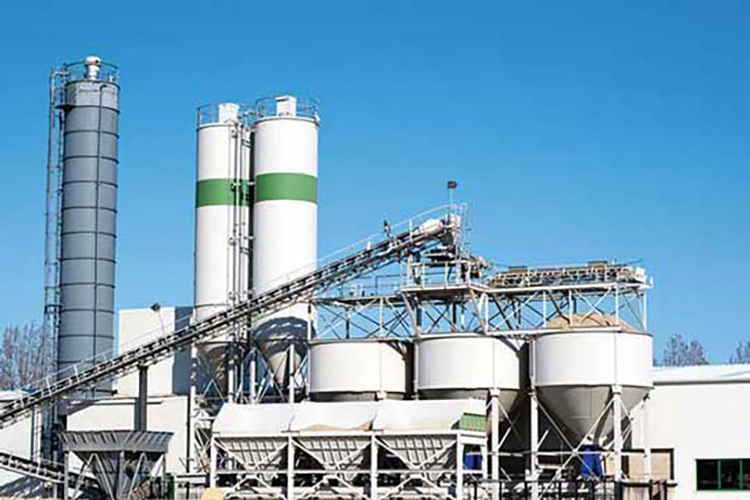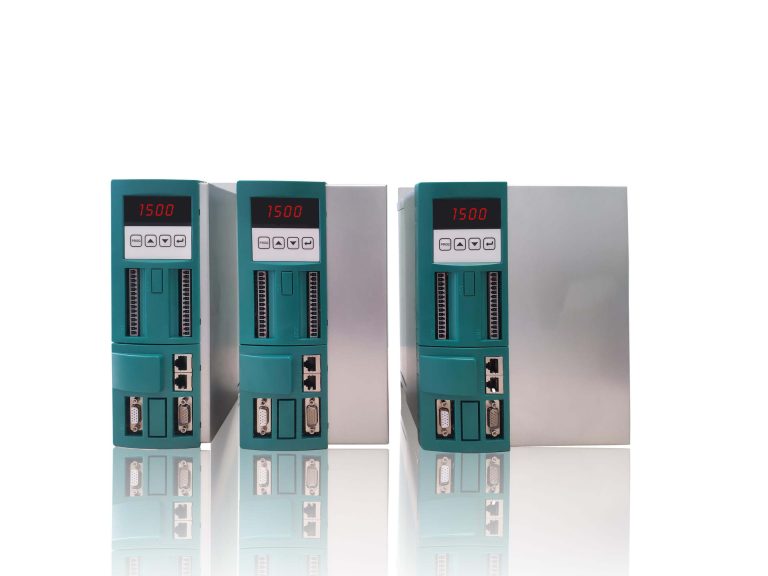
High-voltage inverter is a device used to control the speed and operating parameters of the motor, which is widely used in the industrial field. High-voltage inverter can realize precise control of the motor, improve production efficiency and product quality, and reduce energy consumption. Through modular design, the inverter simplifies installation, commissioning and maintenance in the cement industry, and its performance has been proven to be more reliable. This makes high-voltage inverter have great potential in the cement industry, and the market size is expected to expand further in the next few years.
At present, the newly built new dry cement production line has large scale, large investment, and high technical requirements, especially the energy saving and control requirements are getting higher and higher, so inverters will be applied in cement plants, including high-voltage and low-voltage motors. The equipment that can use frequency conversion in cement plants includes high-temperature fans, kiln exhaust fans, kiln exhaust fans, coal mill circulation fans, raw material mill exhaust fans, cement mill fans, etc. These fans are generally high-power high-voltage motors, and there are speed regulation requirements in the production process, so the application of high-voltage inverters is inevitable.
Typical applications: raw mill fans, dust removal fans, preheating fans, coal mill fans, grinders, rotary kilns, high-temperature fans, etc. The following are specific application details.
- Coal mill and ore mill control: In the cement production process, raw materials need to be ground into fine powder to prepare cement, which requires the use of coal mills and ore mills. High-voltage inverters can accurately control the speed and power of these equipment to meet the grinding requirements of different raw materials in the production process and improve production efficiency and quality.
- Fan and blower control: Sintering kilns, coolers, hot air furnaces and other equipment in cement production require a large number of fans and blowers to provide gas flow and heat energy delivery. High-voltage inverters can adjust the speed of these fans and blowers to meet the ventilation and heating requirements under different process conditions and improve energy utilization efficiency.
- Conveying equipment control: There are many conveying equipment in cement production lines, such as belt conveyors, bucket elevators, etc., which are used for the transportation and processing of raw materials, semi-finished products and finished products. High-voltage inverters can control the running speed and direction of these conveying equipment to realize the automation and regulation of the production process.
- Compressor and air cooler control: A large number of compressors and air coolers are required in cement production to provide services such as cooling and compressed air. High-voltage inverters can adjust the operating status of these equipment to meet the air compression and cooling requirements under different process conditions and improve energy utilization efficiency.
- Kiln control: Kiln equipment such as rotary kilns and vertical kilns in the cement production process requires precise temperature and speed control. High-voltage inverters can achieve precise control of kilns to ensure that the calcination process of cement clinker reaches the best state and improves product quality and production efficiency.
In summary, the application of high-voltage power inverters in the cement industry covers raw material grinding, fan and blower control, conveying equipment control, compressor and air cooler control, and kiln control, etc., providing precise control and regulation means for cement production, improving production efficiency, energy utilization efficiency and product quality.

